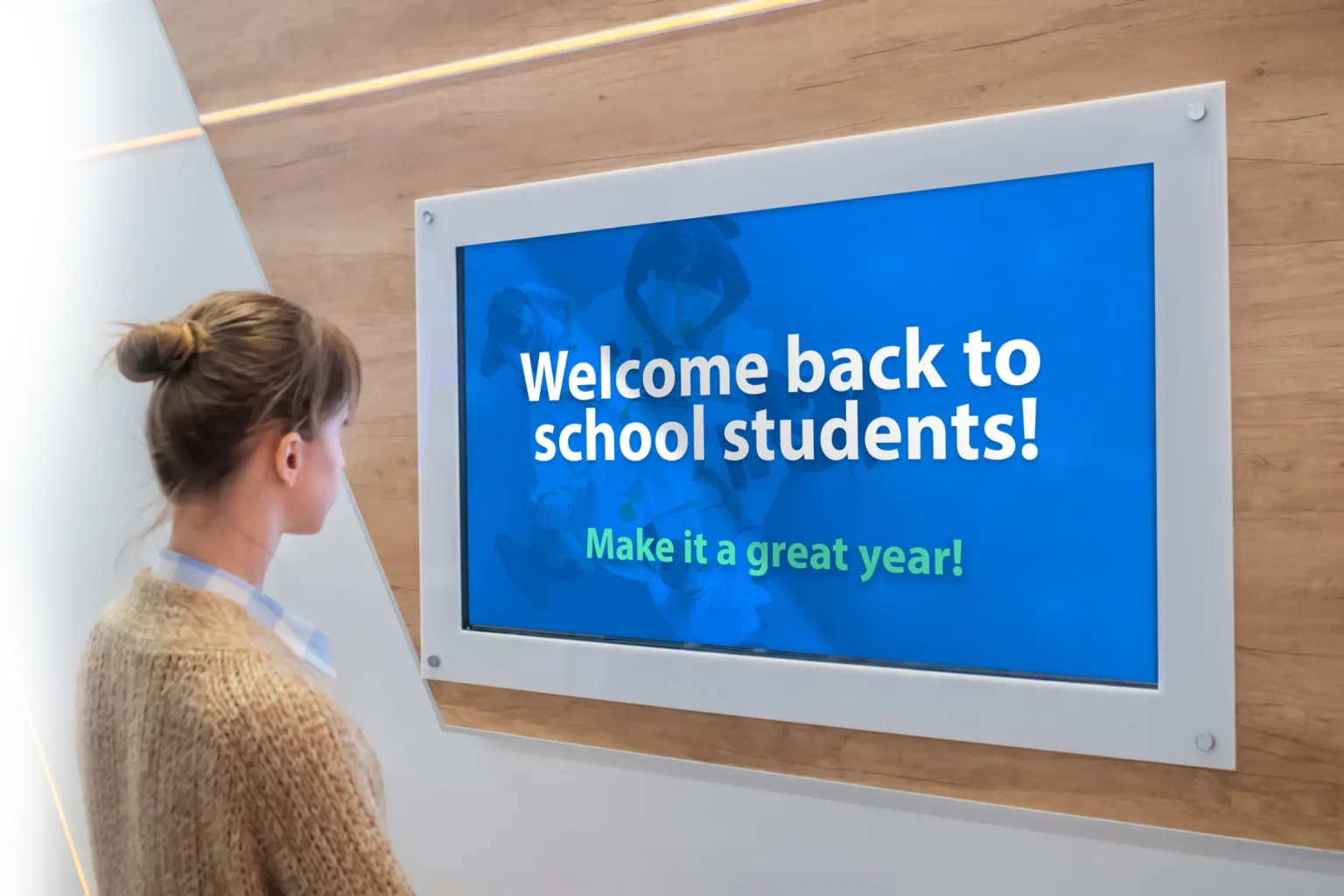In today’s fast-changing world of education, technology is no longer a luxury—it’s a necessity. Classrooms across the globe are evolving from chalkboards and whiteboards to dynamic digital ecosystems. One of the most exciting advancements in this space is the digital board—a tool that not only enhances teaching but also transforms student engagement, creativity, and collaboration.
But how do you know when it’s the right time to bring this transformation into your classroom?
If you’re wondering whether your students and teaching style are ready to level up, this post will help you recognize the signs. Once you spot these, it might be the perfect moment to explore the best digital board for teaching and experience its game-changing impact.
Contents
1. Your Students Are Losing Interest in Traditional Teaching Methods
If you notice your students are getting restless, distracted, or disengaged during lessons, it’s a strong indicator that your classroom needs a spark. Today’s learners, especially digital natives, are used to interactive apps, visual content, and hands-on experiences. Static lectures or textbook-based instruction just don’t hold their attention the way they used to.
A digital board brings lessons to life—whether it’s showing an animated solar system, playing an educational documentary, or solving math problems step-by-step in real time. Students become active participants, not passive listeners.
Instead of just telling students about the water cycle, imagine showing them a high-quality simulation, letting them pause, annotate, or even draw on the screen to explain each stage. That’s the kind of experience that sticks—and it makes learning exciting again.
2. You’re Already Using Multimedia Content but Struggle with Integration
Many teachers have already embraced online tools—YouTube videos, interactive quizzes, Google Slides—but switching between devices, apps, and projectors often breaks the flow of the lesson. If you find yourself juggling between screens, tabs, and cables, it’s time to simplify.
Digital Board for Teaching allows seamless integration of all your teaching tools in one place. You can play videos, annotate PDFs, display 3D models, take attendance, and even conduct quizzes—all without leaving the board.
This not only improves efficiency but also helps maintain students’ focus. No more “Can you see this?” or “Give me a minute while I connect my laptop.” The transition from explanation to demonstration becomes fluid, and that can make a massive difference in maintaining attention and momentum in the classroom.
3. You Want to Encourage More Collaboration and Critical Thinking
Traditional boards are great for delivering information but limited when it comes to student interaction. If your teaching goal is to shift from lecture-based instruction to student-led exploration and collaboration, a digital board can be your most powerful ally.
With an interactive surface and built-in tools, students can:
- Work in small groups to solve problems
- Share ideas by drawing or typing directly on the board
- Participate in live polls or quizzes
- Explain concepts to peers using visual tools
These features encourage collaboration, communication, and critical thinking—essential 21st-century skills. And because the board responds to touch, styluses, and gestures, it offers a familiar, intuitive interface for students of all ages.
You’ll be amazed at how even the shyest students feel empowered to step up and contribute when the board becomes their platform.
4. You’re Looking for Ways to Personalize Learning
Every classroom has a mix of learners—visual, auditory, kinesthetic, fast-paced, slow-paced, confident, and hesitant. As a teacher, addressing all these needs can be overwhelming. If you’re striving to personalize instruction but struggling with limitations in time and tools, a digital board can change that.
You can present concepts using various formats—videos, diagrams, mind maps, voice explanations, or real-time web content. For example, while reviewing a literature chapter, you could:
- Show a short film adaptation
- Break down poetic devices with diagrams
- Invite students to create digital storyboards
This multi-modal approach ensures that no student is left behind. Moreover, you can record lessons for revision, share slides instantly, or allow students to access board content after class. Learning becomes more inclusive, accessible, and learner-friendly.
5. You’re Ready to Embrace the Future of Education
If you find yourself getting excited about innovation, constantly experimenting with new methods, and dreaming of a classroom that reflects the future—this is your moment.
Digital transformation in education is no longer optional. Governments, educational boards, and institutions around the world are investing in smart classrooms. Adopting a digital board now positions you at the forefront of this shift.
It enables:
- Hybrid and remote learning
- Paperless classrooms
- Efficient lesson planning and delivery
- Rich, interactive learning environments
When you bring a digital board into your classroom, you’re not just adopting a piece of technology. You’re embracing a mindset that says, “I’m ready to grow. I’m ready to lead. And I’m ready to inspire students to think beyond the ordinary.”
Final Thoughts: Is Your Classroom Ready?
The signs are usually clear: disengaged students, tool fatigue, limited interaction, and a desire to personalize and innovate. If you’ve recognized even two or three of these signs, your classroom is more than ready to adopt a digital board.
The transition doesn’t have to be overwhelming. With the right support, the learning curve is smooth, and the rewards are immense—for both teachers and students.
So whether you’re teaching in a primary school, high school, or coaching center, now is the time to explore the best digital board for teaching. It’s not just about upgrading your classroom—it’s about reimagining what teaching can look like in a world that’s always evolving.


